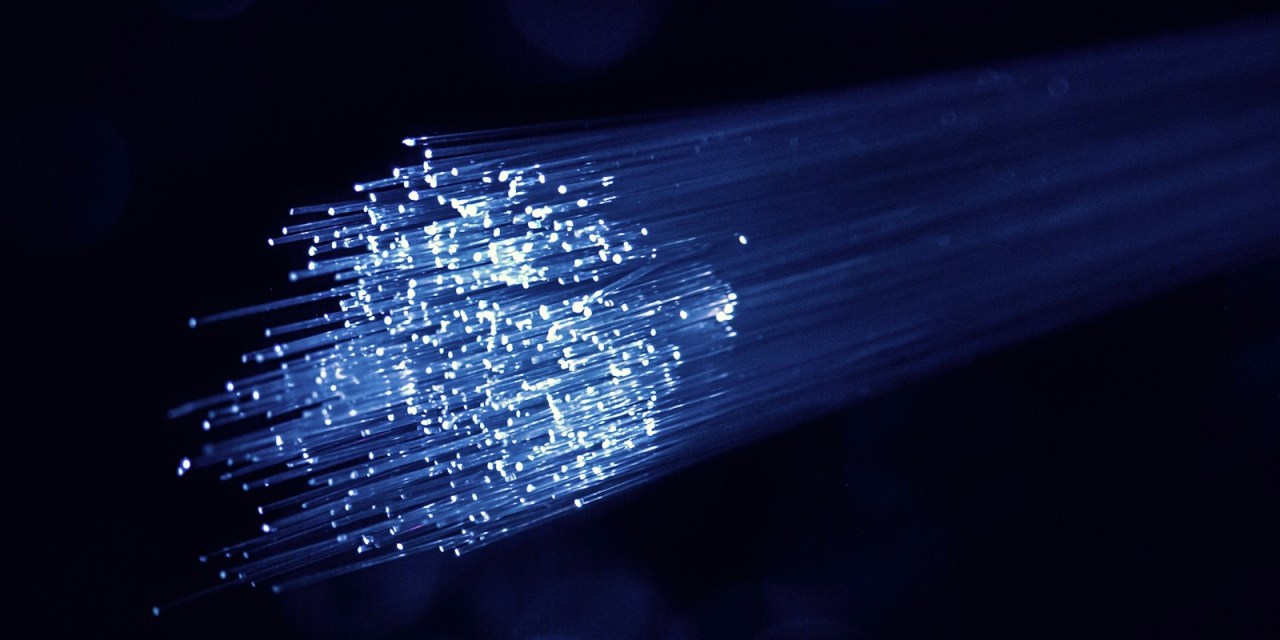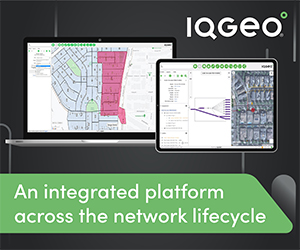Contributed Article
By: Deborah Kish, Vice President of Workforce Development and Research, Fiber Broadband Association
What technology can support decades of speed and capacity increases with zero upgrades to the outdoor infrastructure? The answer is fiber broadband.
Wireless, DOCSIS, and DSL—oh my! These communications technologies have required continuous outdoor communications infrastructure upgrades to increase both speed and capacity as the demands for a reliable connection increase.
Meanwhile, recent research conducted by the Fiber Broadband Association’s Technology Committee explored the scalability and longevity of fiber broadband. The committee proved that, due to fiber optic cable’s high levels of scalability and longevity, fiber broadband has no known expiration date and is the only communications medium that can support both existing and future applications for many decades with no infrastructure changes.
Easy scaling
It’s no secret that internet speeds have increased by over 1,000 times since the early 1990s, and there is no end in sight to this growth. Today, gigabit and multi-gigabit symmetrical services are already available to the half of America that has access to fiber broadband, enabling the fast and low-latency speeds people need for today’s entertainment, employment, education, and healthcare applications.
As these applications are improved over the next decade by virtual reality, mixed reality, augmented reality, AI, and emerging spatial computing, even greater demands will require broadband infrastructure with immense scalability and durability to keep pace. Future decades will demand a faster speed of tens or even hundreds of Gigabits per second, requiring an update in infrastructure. Broadband infrastructure investments should be scalable and durable enough to keep pace with decades of growing demand.
Wireless, DOCSIS, and DSL technologies have required multiple upgrades since they were implemented to keep up with demand. Wireless moved from 1G to 5G, DOCSIS from 1.0 to 4.0, and DSL has already reached its limit. The infrastructure for these networks consists of many powered nodes that are typically upgraded to support higher speeds, and these upgrades often require additional new powered nodes and additional fiber optic cabling to the nodes.
Fiber broadband to each subscriber, by contrast, is the only communications technology that can support decades of speed and capacity increases with no upgrades to the outdoor infrastructure. Our research finds fiber’s scalability is virtually unlimited, supporting speeds 60,000 times higher than today’s 10 Gbps systems. The same optical fiber infrastructure deployed 35 years ago supports both yesterday’s and today’s systems, with the expectation that the average lifetime will be much longer based on materials, technologies, and manufacturing processes used to produce high-quality optical fiber, whether these fiber optic cables are installed aerially or underground.
The capacity and scalability of fiber are only limited by the equipment transmitting and receiving information at either end of the fiber cable link, and data rates will grow as the transmitting/receiving equipment continues to improve. For example, commercial FTTH deployments started with ATM Passive Optical Network (A-PON) equipment delivering 155 Mbps speeds in the early 2000s. In 2023, 100 Gbps FTTH systems were launched, 645 times faster than 20 years ago, yet can operate over the same optical fiber deployed in the 1980s.
With all the capabilities that fiber broadband holds, we actually don’t yet know the absolute capacity of optical fiber itself. An estimate of the ultimate capacity in a single strand of standard G.652.D-type single-mode fiber in an access application is over 600 terabits per second, or roughly 60,000 times the speed of today’s XGS-PON (10 Gbps) networks. Viewed another way, optical fiber deployed today in the access network is only using about 1/60,000 of its known capacity! No other wired or wireless communications medium can come close to this capacity.
Broadband infrastructure scalability should also consider latency (the delay time from the moment a user requests information until they receive the first response to that request). Applications including virtual reality, mixed reality, augmented reality, AI, and emerging spatial computing require low latency. Our research shows that FTTH offers the lowest potential infrastructure-caused latency at 1.1 to 2.1 milliseconds, 48 percent to 72 percent better than the next best from DOCSIS at 2.1 to 7.6 milliseconds.
Longevity for a lifetime
After the introduction of low-loss optical fiber in the 1970s, copious research conducted in the following years allowed industry professionals to understand and improve the optical and mechanical behavior of glass fibers in cables. This research shaped today’s industry standards for designing, manufacturing, installing, and operating fiber networks around the globe.
Seeing that these same fiber optic cables are still being used today may prompt the frequently asked question: “What is the lifetime of fiber?”
When fiber is properly designed, manufactured, cabled, and installed per standards and manufacturer recommendations, there are no inherent mechanisms that cause high-quality fiber to break or darken. The design of the single-mode fiber type used for broadband networks deployed today is like that deployed in the 1980s, but the quality and performance have improved significantly since those first installations. A quality fiber optic cable manufacturing process adds the proper strength elements and a protective polyethylene outer jacket that together protect the optical fiber from the environment and excessive stresses, such that there is no defined lifetime or expiration date for such a fiber optic cable.
Reputable optical fiber can be expected to last for decades, so it’s important to understand how it is protected from the environment and excessive strain. Modern fiber optic cable design features water-blocking tape that prevents moisture contact with fibers, a central core tube, fiberglass rods that add tensile strength, optional steel armor to resist rodent damage, and a polyethylene outer protective jacket. This outer protective jacket is very effective in protecting the fibers inside. This is important to ensure that water does not seep in and freeze, potentially causing attenuation or even breaking fibers.
To ensure the longevity of fiber broadband, it’s important that the product itself is trusted, as well as the installation of the product. Proper installation and operational practices are crucial in preserving fiber and cable lifetime. Improper methods can lead to issues and premature failure, regardless of whether the cables are installed aerially or underground.
Though both of these installation methods have a similar expected lifetime, actual reliability will vary. Underground fiber installations are thought of as more reliable as weather rarely impacts these deployments.
Fiber’s longevity is not just theoretical. Real-world service providers that installed fiber optic cable decades ago are still using those same cables to support high-speed communications today.
A fiber broadband provider in Cincinnati and Hawaii deployed fiber optic cables as early as 1990 to support early megabits per second data rates. Those same fiber optic cables, 34 years later, are today supporting 10 Gbps and faster services, as well as multiple wavelengths. These cables are deployed in both aerial and underground environments. Today, the service provider passes over 1 million homes and businesses with high-speed fiber internet services across its markets and continues to expand its successful FTTH network.
A Wisconsin-based legacy cable provider is ramping up its fiber deployment with the goal of 1.2 million marketable fiber service addresses by 2026. Its expansion efforts include overbuilding its legacy telephone and cable markets and entering new communities. For residential customers, it is offering 8 Gbps speeds in certain markets and is seeing growth in customer take rates on higher speeds with 14 percent of its customer base on 1 Gbps or higher. The provider has always supported the efficient use of existing facilities and has a working 36-year-old underground fiber optic cable placed in 1988 that currently supports a transport system utilizing multiple 100 Gbps wavelengths. The other fiber optic cables placed shortly after 1988 also continue in operation.
The findings of this study have been published in a white paper, titled “Fiber Broadband Scalability and Longevity – Trusted Technology with no Expiration Date,” from the Fiber Broadband Association in February 2024. To the FBA, these findings aren’t surprising. The broadband industry has studied the qualities and characteristics of deployment technologies for decades, and fiber continues to score highest in terms of scalability, reliability, experience, and more. Fiber is the trusted technology with no expiration date.
Furthermore, we are only using a fraction of fiber’s known available capacity. It is the only broadband technology that can be deployed today and support many decades of speed increases. So, an investment in fiber infrastructure is a smart investment in a better future for all Americans.














